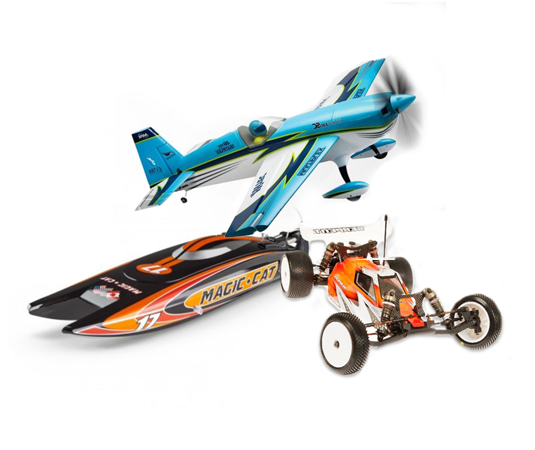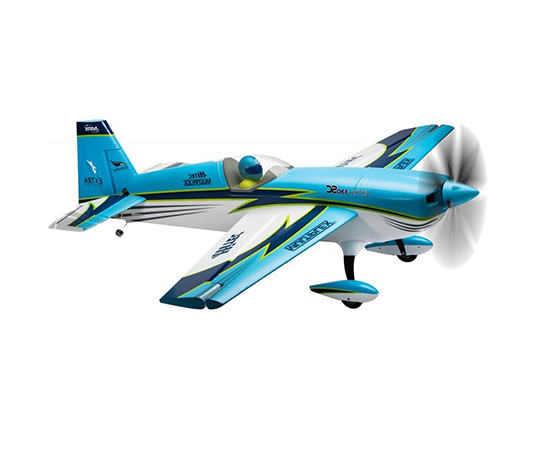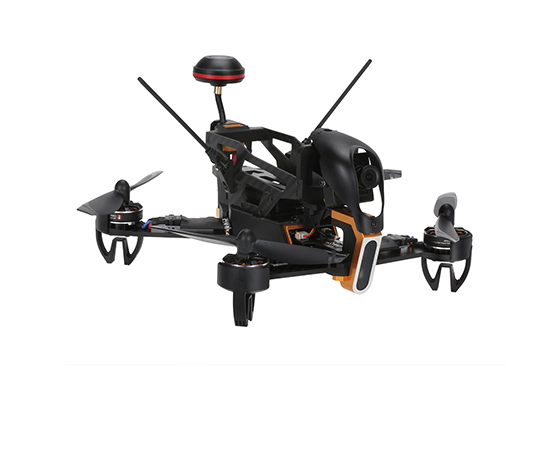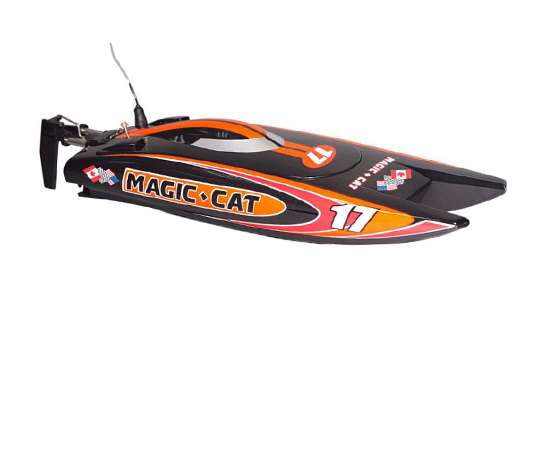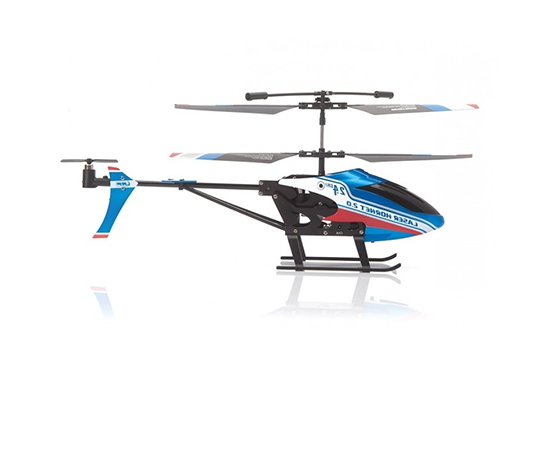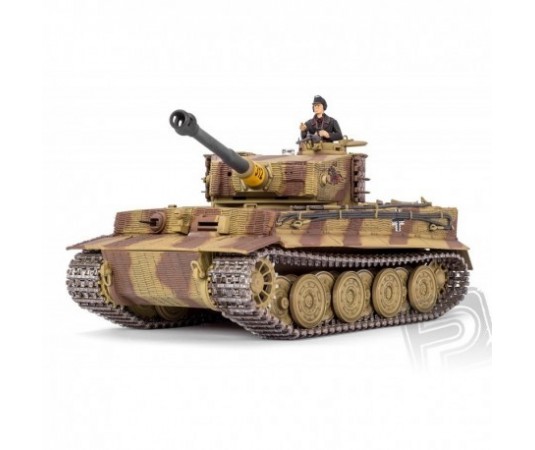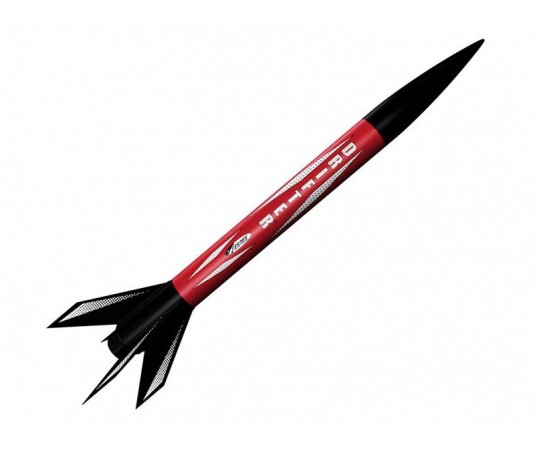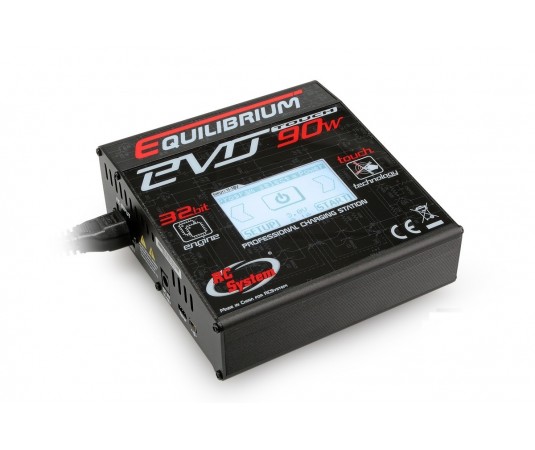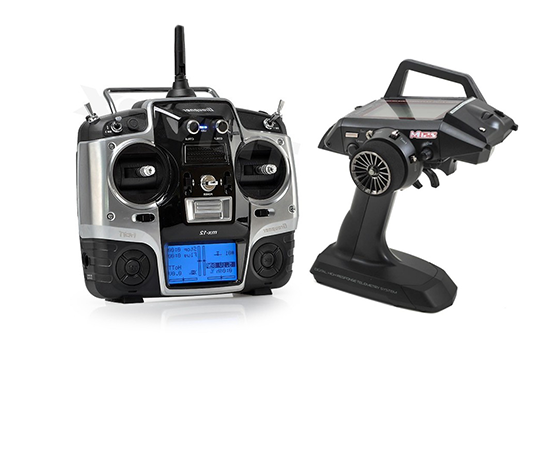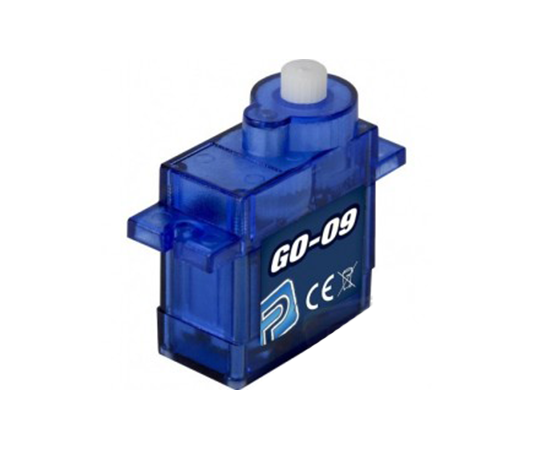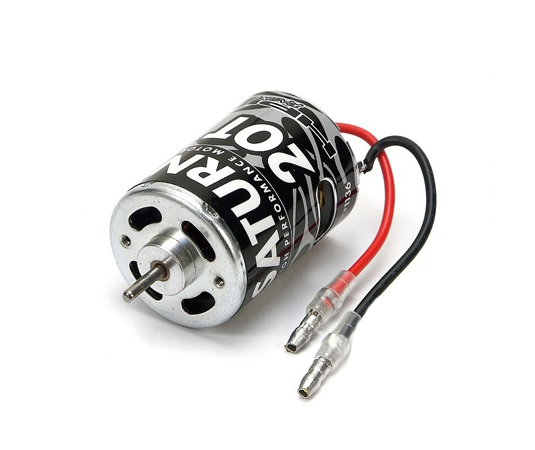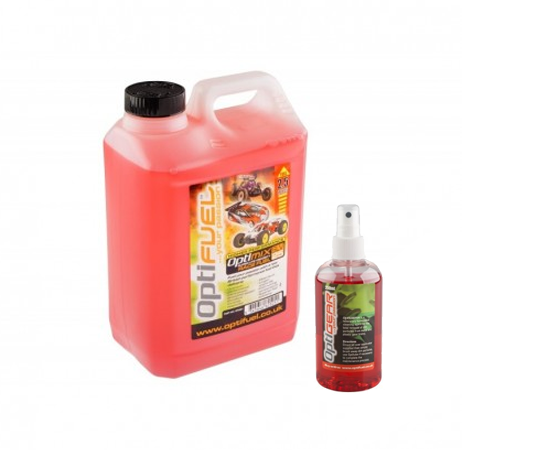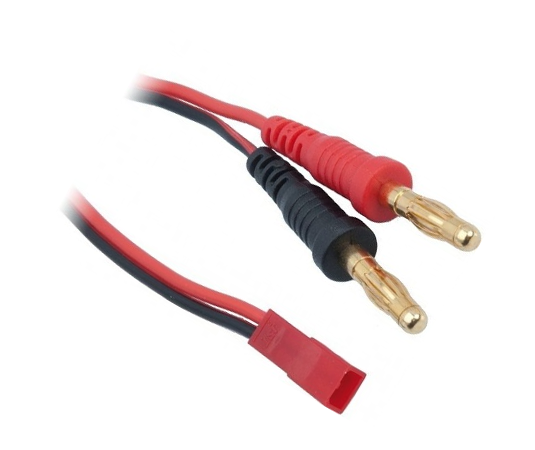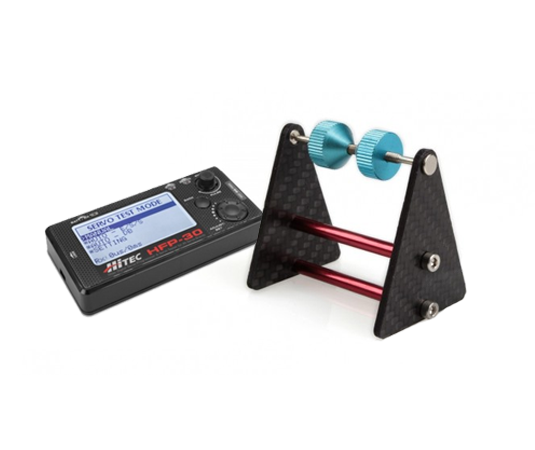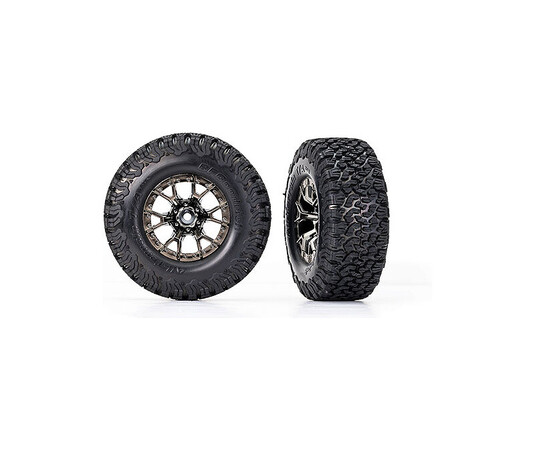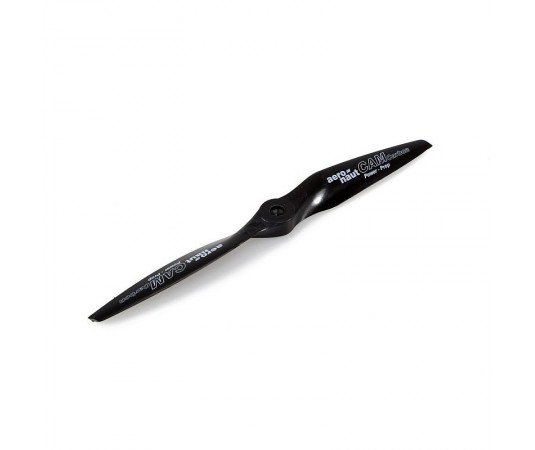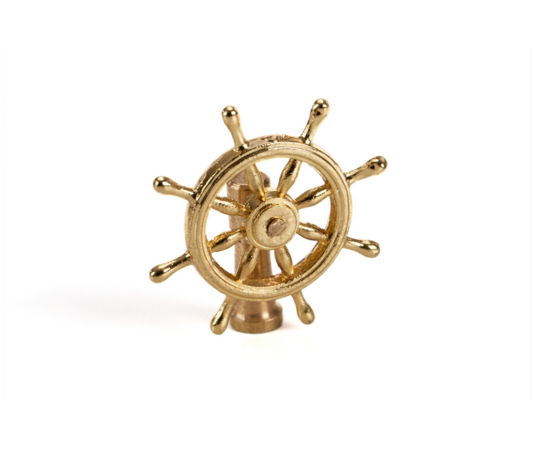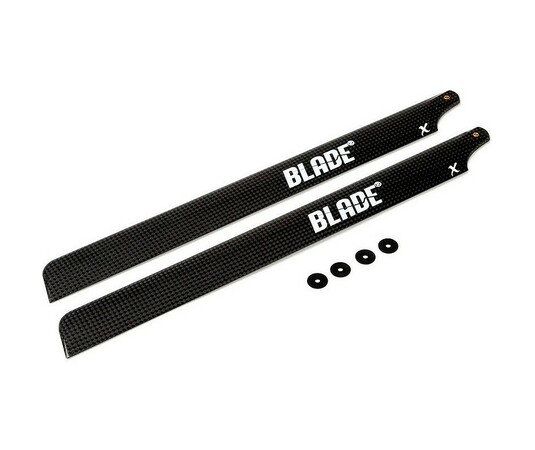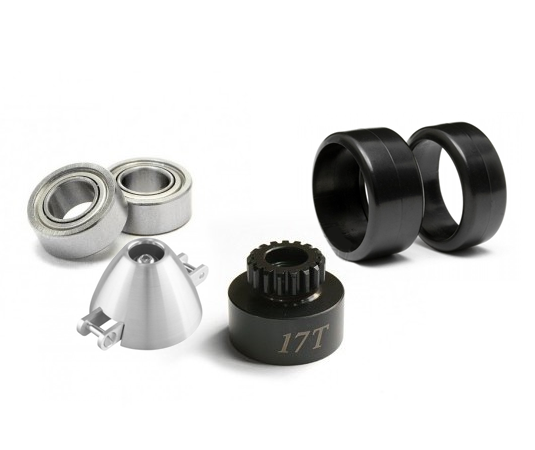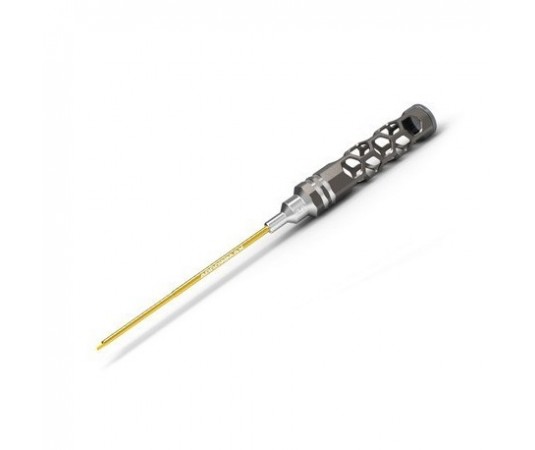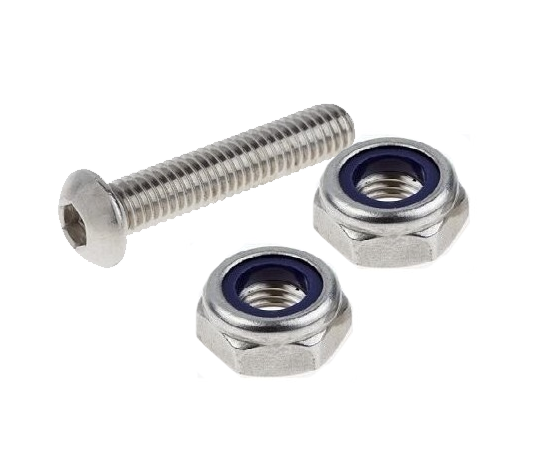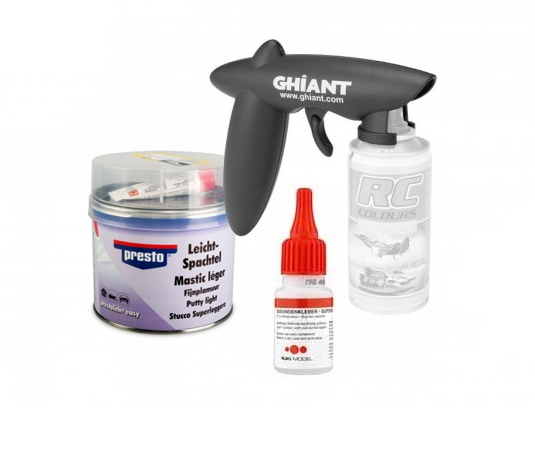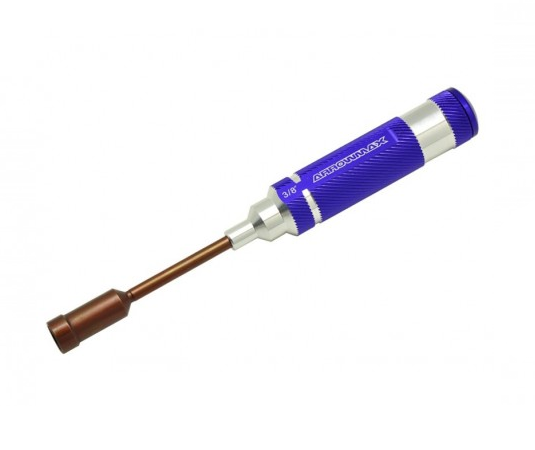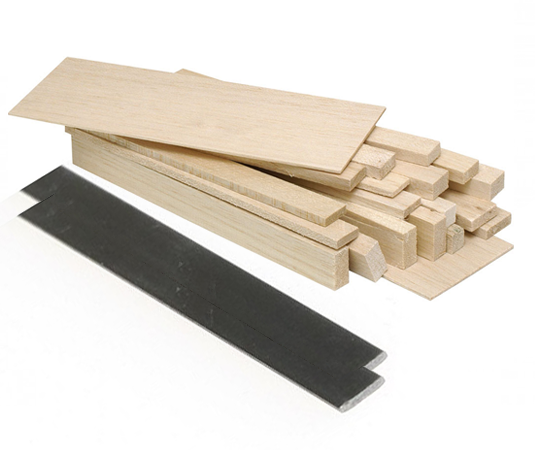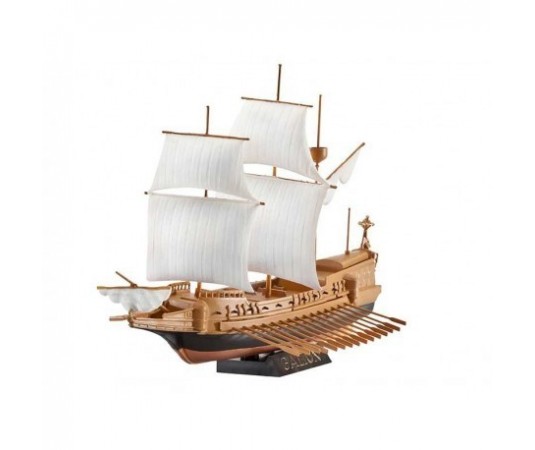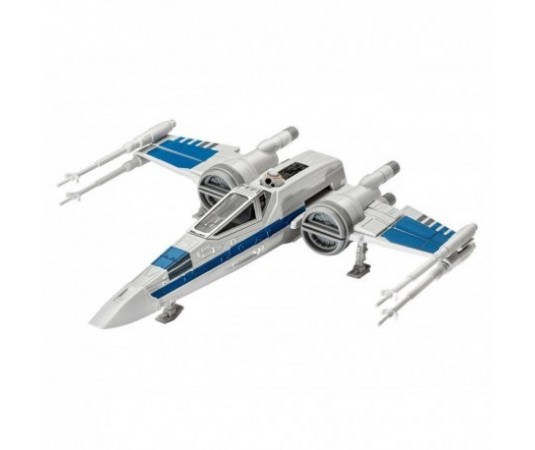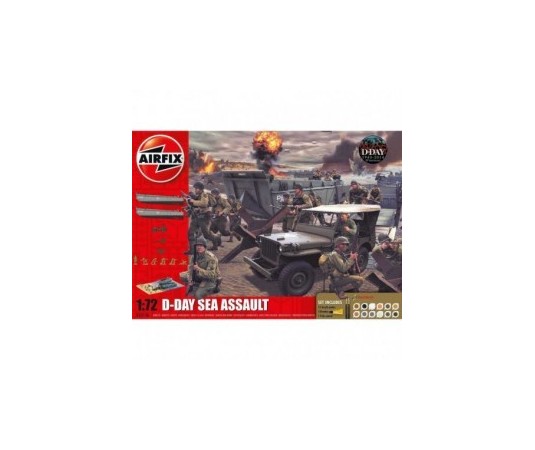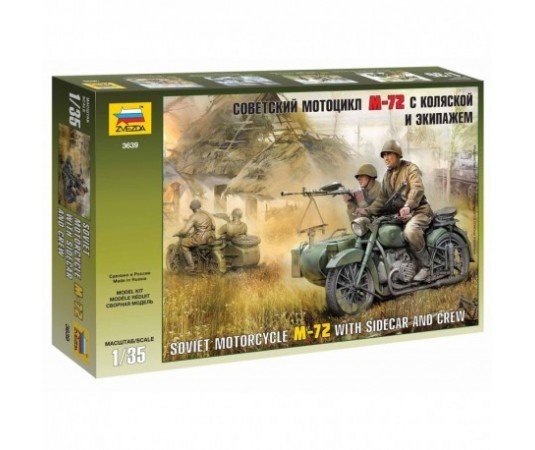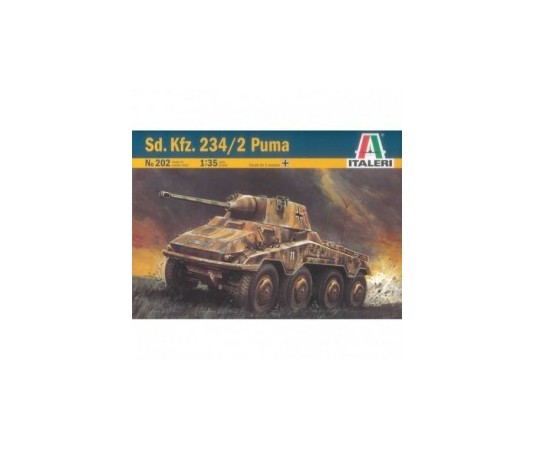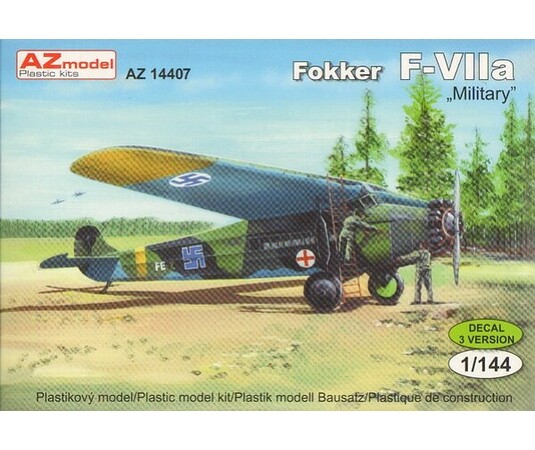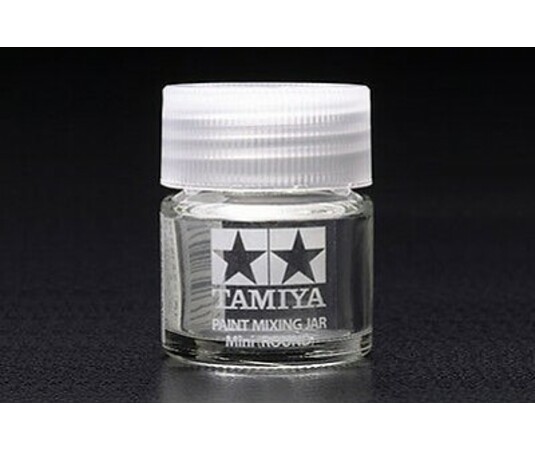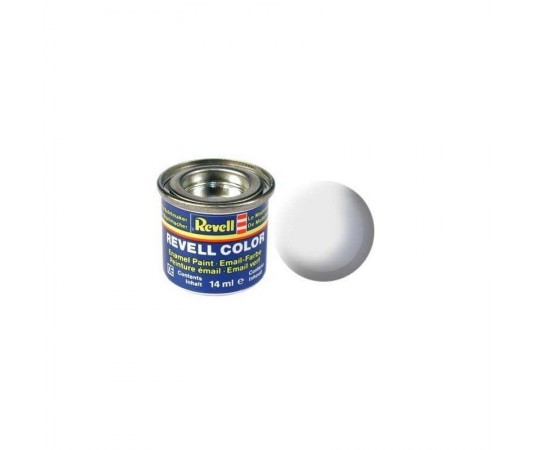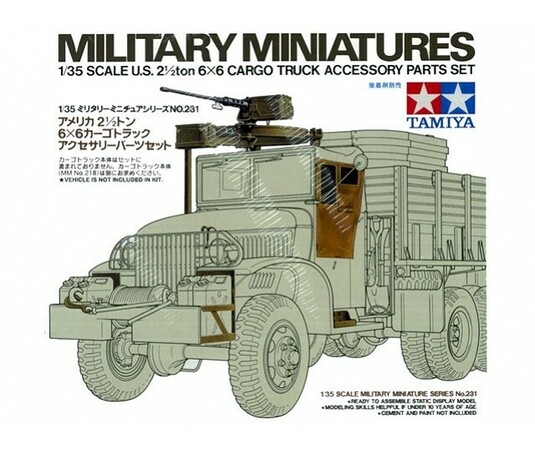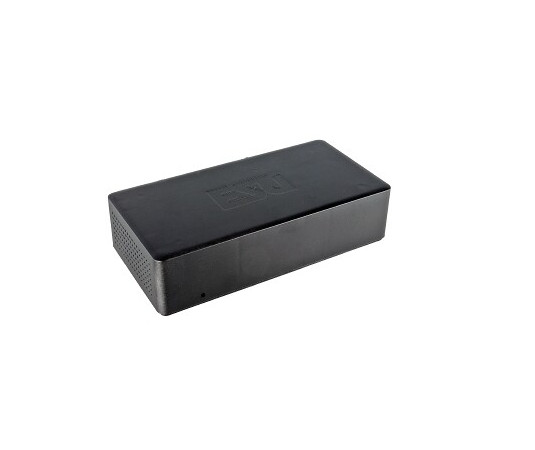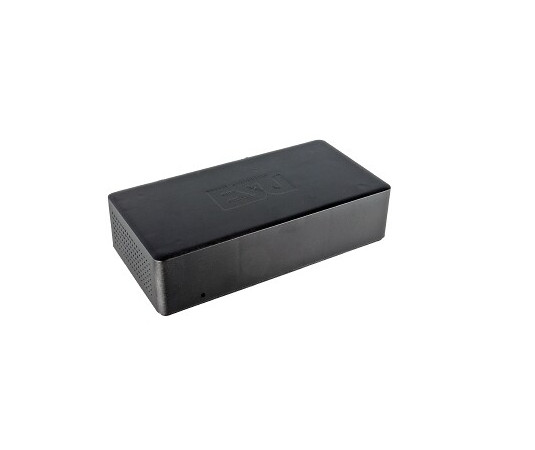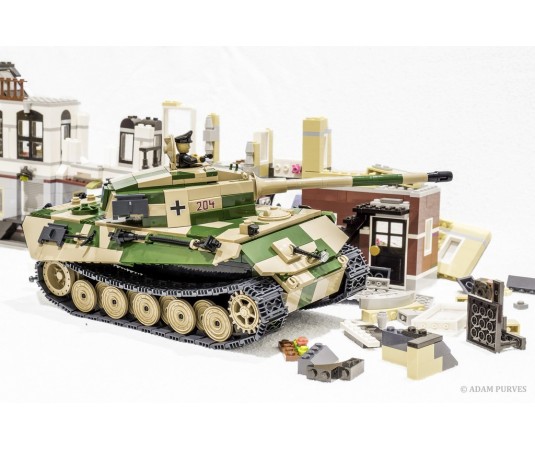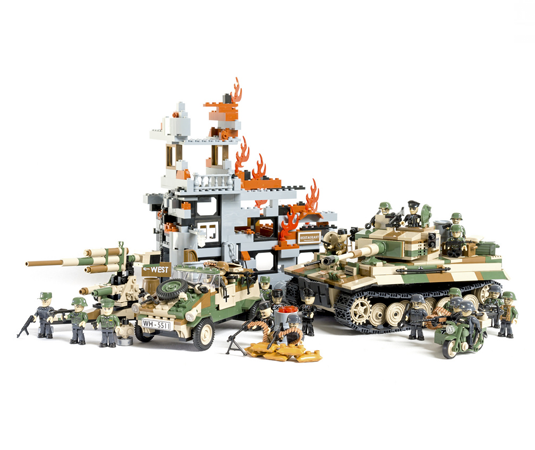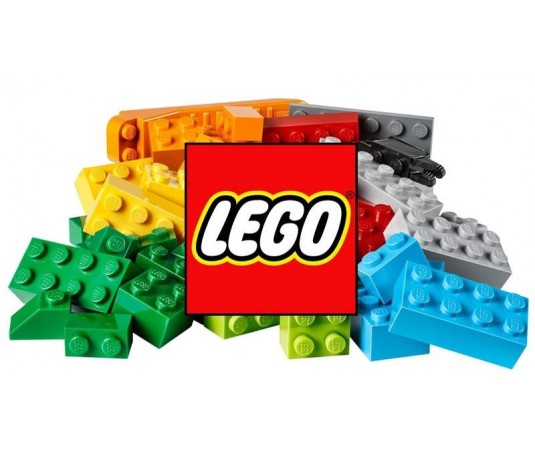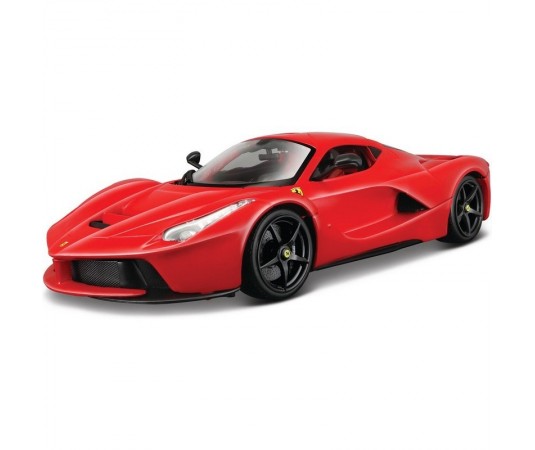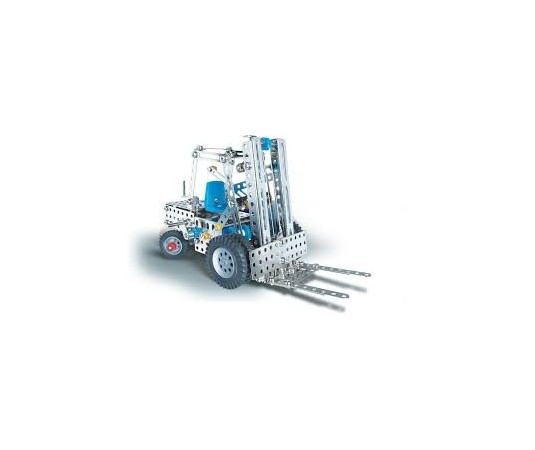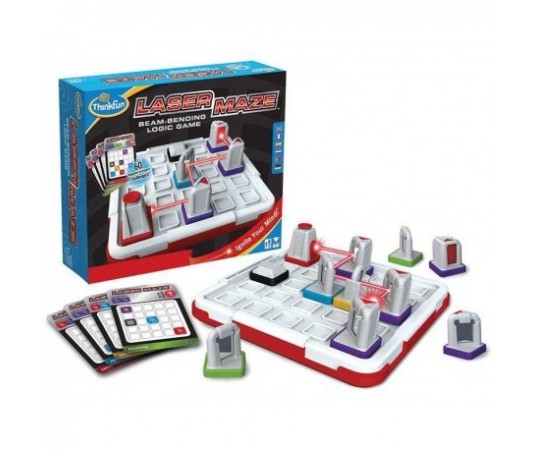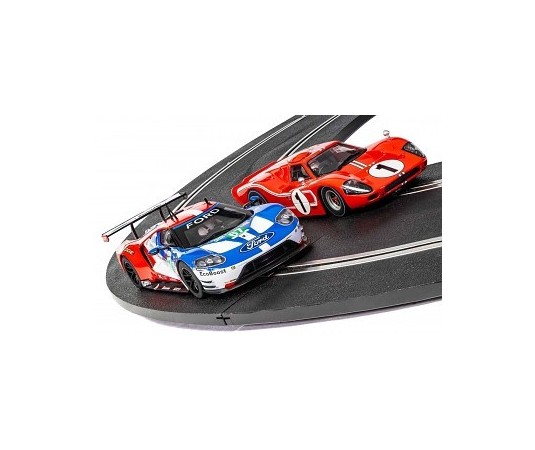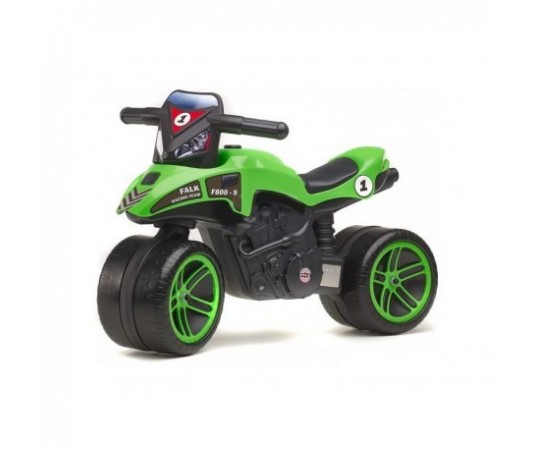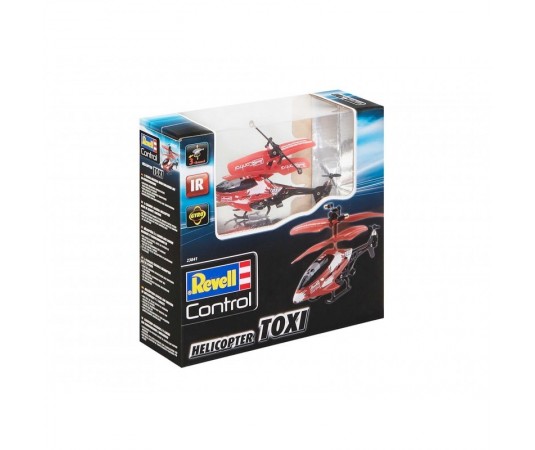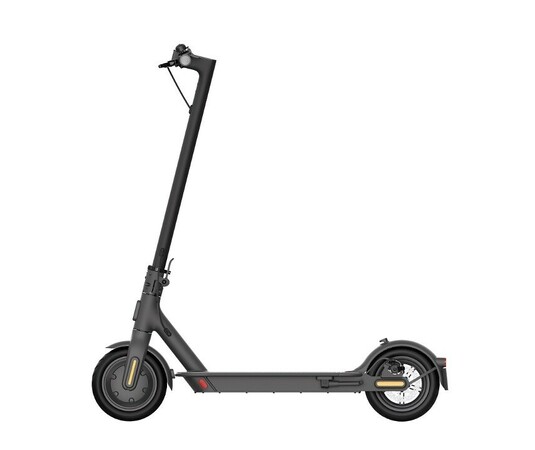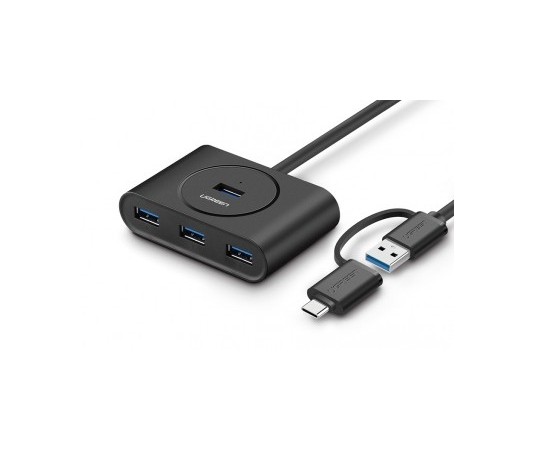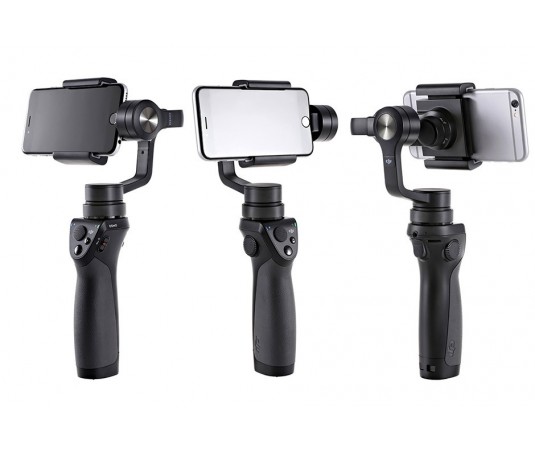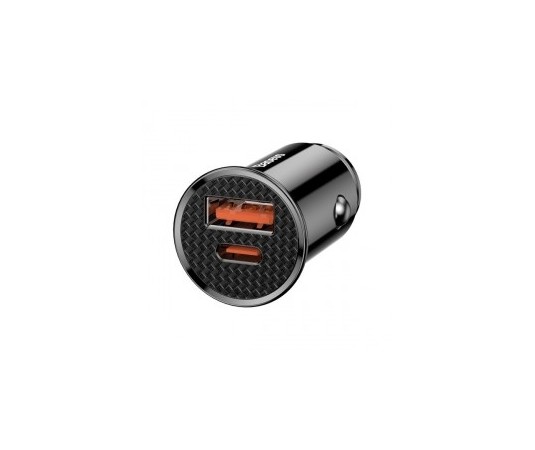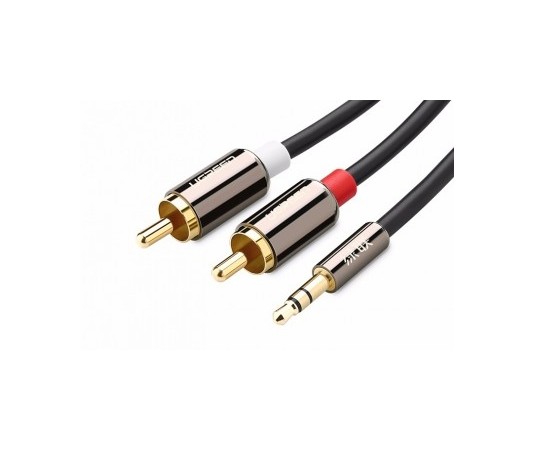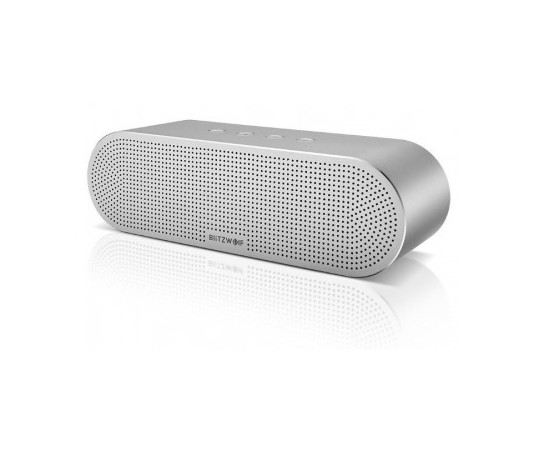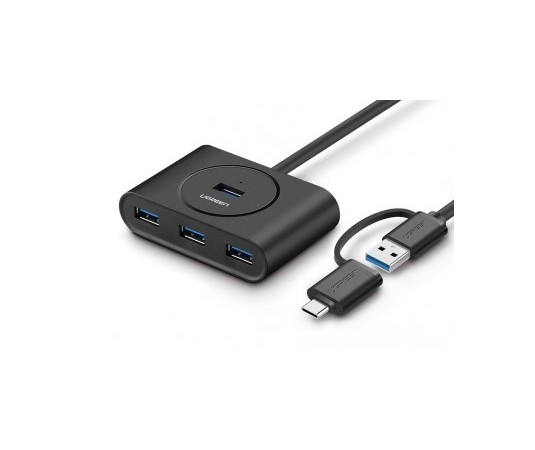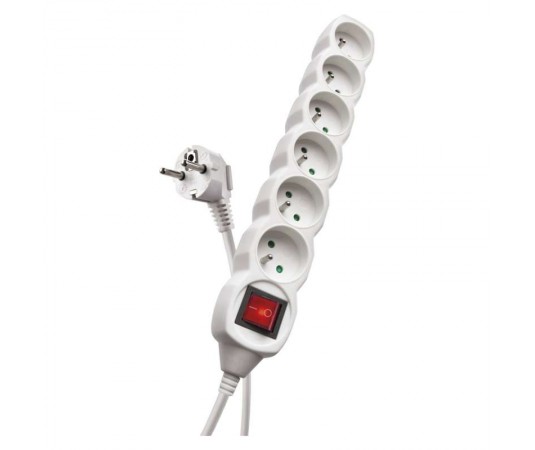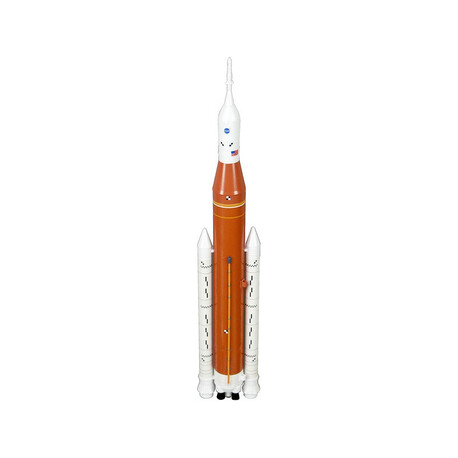- -1.81 €
This NASA SLS E2X

Express delivery

Large selection of carriers

Satisfaction guarantee
Package contents
The package contains: rocket model, stabilizers, parachute, CZ instructions, EN manual.
Characteristics
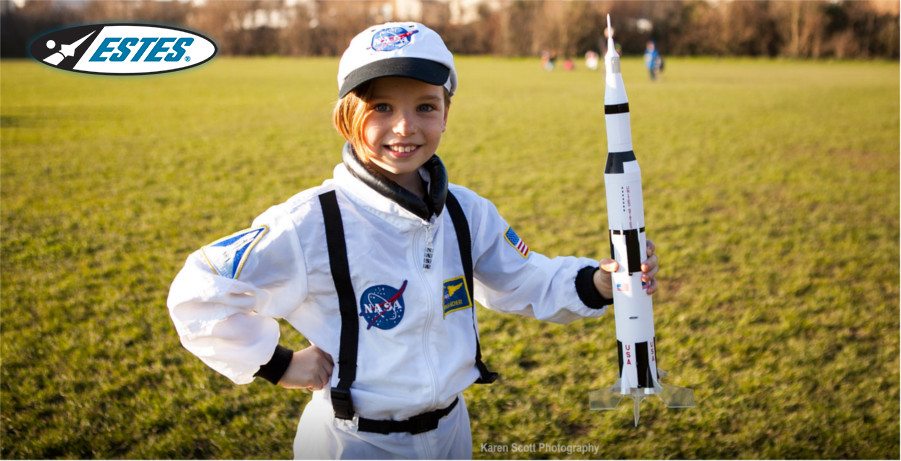
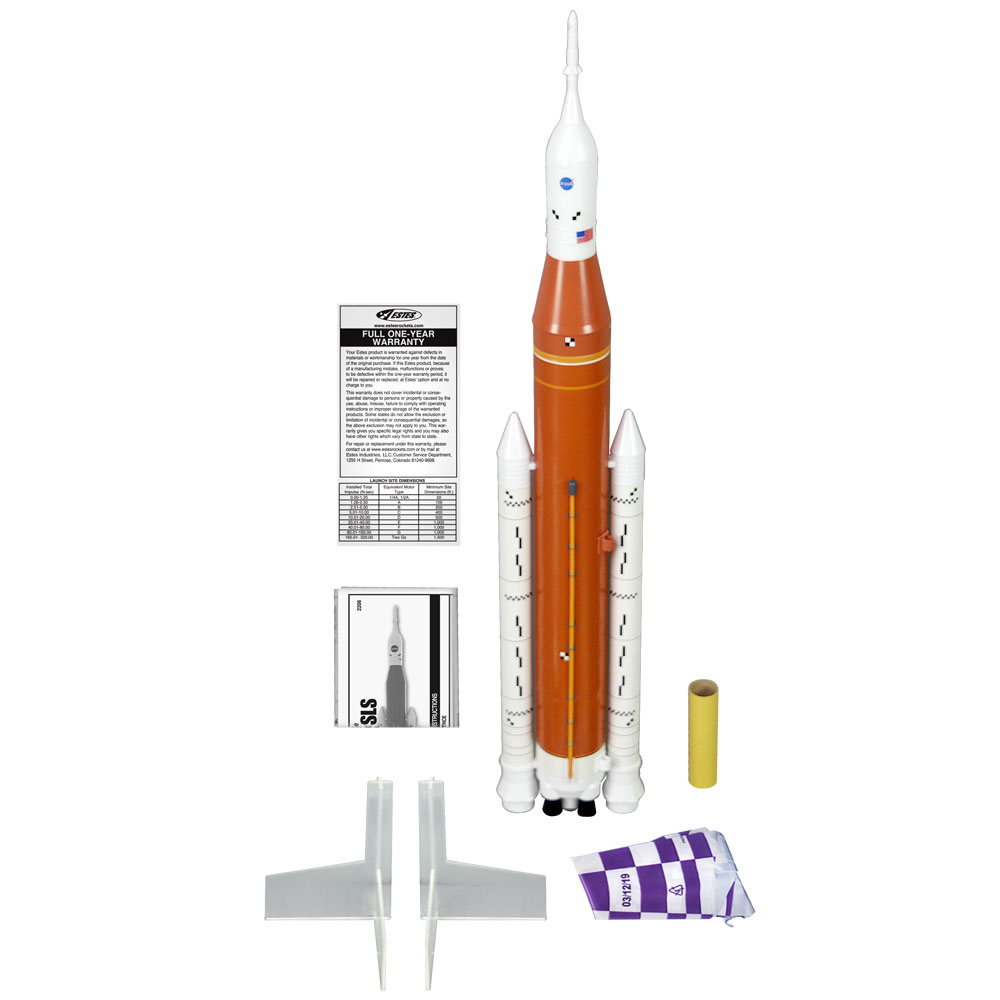
This NASA SLS E2X
The Estes NASA SLS E2X rocket model for C-series rocket engines is almost finished and reaches a height of up to 107 meters. Then he will return safely on a parachute. A model of a NASA SLS rocket that is taller than the Statue of Liberty and has more thrust than Saturn V.

Difficulty of building a rocket
Estes level 5 rocket model kits are the earliest semi-scale models of real rockets. These rockets require the highest degree of modeling work , from rocket construction to final painting. Assembly is very demanding. The parts are machined with unique technologies for wood and paper processing. The result is a rocket with museum features suitable for exhibitions, which is an exceptional model. Construction can take several weeks.
The assembled model must be painted - we recommend using acrylic spray paints. You can buy spray paints from us or in stores with paints and varnishes. Information on construction and firing can be found in this article.
Rocket models
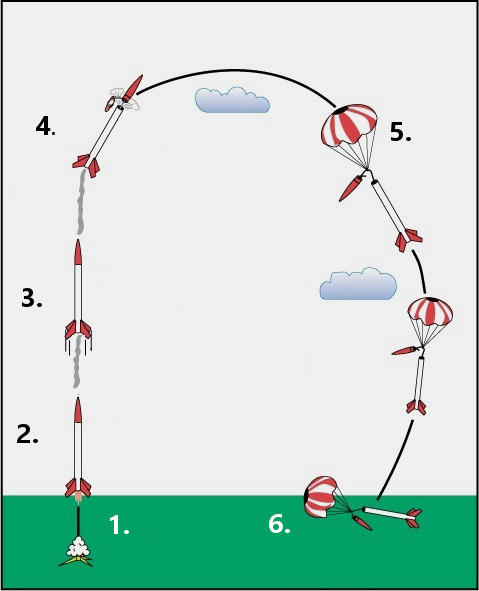
Phases of flight
- Ignition of the engine - the torch ignites the propellant mixture in the engine . The required direction of flight is ensured by the guide rod of the launch pad, on which the rocket is mounted. <
- Thrust and acceleration - the rocket is powered by the reactive power of the rocket engine.
- Combustion of the propellant mixture - as soon as the propellant mixture burns, the delay mixture begins to burn, which produces a large amount of smoke . This is used to monitor the flight of the rocket. The fast-moving rocket is now starting to slow down.
- Peak flight and ejection - after the delay mixture burns out, the ejection mixture is ignited, which activates the rocket return system.
- Return system - is most often implemented using a parachute, ribbon, or so-called heli-blade.
- The last phase is to hit the rocket on the ground.
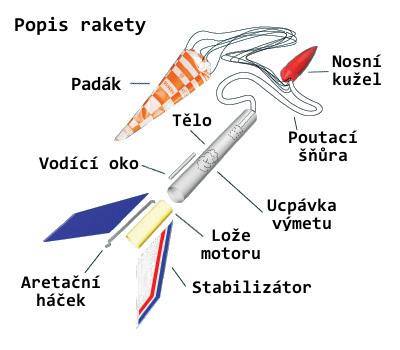
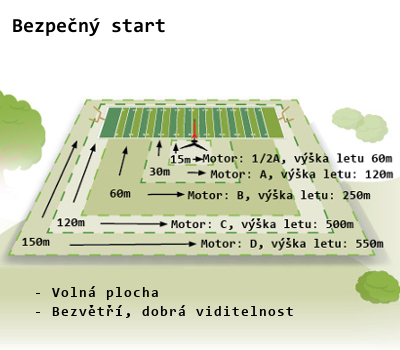
We recommend buying
Rocket models

Phases of flight
- Ignition of the engine - the propellant ignites the propellant mixture in the engine . The required direction of flight is ensured by the guide rod of the launch pad, on which the rocket is slid.
- Thrust and acceleration - the rocket is powered by the reactive power of the rocket engine.
- Combustion of the propellant mixture - as soon as the propellant mixture burns, the delay mixture begins to burn, which produces a large amount of smoke . This is used to monitor the flight of the rocket. The fast-moving rocket is now starting to slow down.
- Peak flight and ejection - after the delay mixture burns out, the ejection mixture is ignited, which activates the rocket return system.
- Return system - is most often implemented using a parachute, ribbon, or so-called heli-blade.
- The last phase is to hit the rocket on the ground.


Recommended engines for this rocket: C5-3, C6-3.
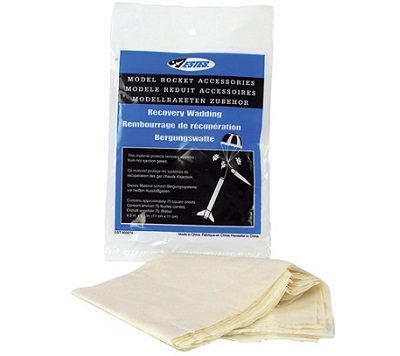
Sweep seal
The cotton swab seal is made of non-flammable fabric, its purpose is to prevent damage (burnout) of the parachute from the engine sweeper.
Launch pad
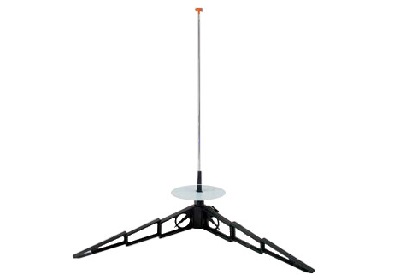
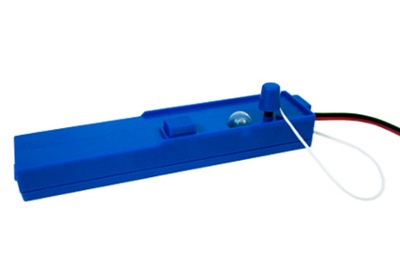
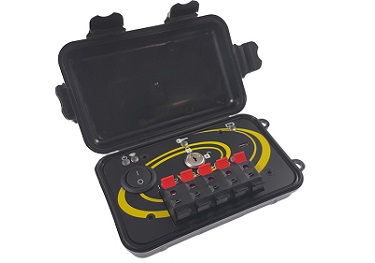
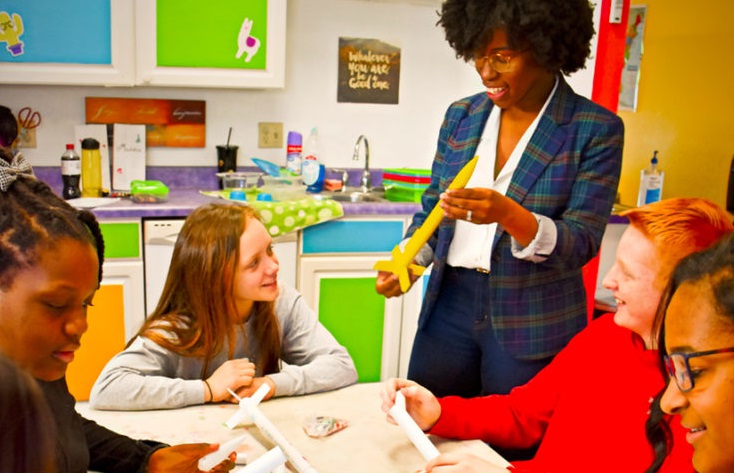
Assembly tools
To assemble the model, you will need: scissors, pencil, sandpaper, sanding block, model knife, universal glue, plastic glue and acrylic paints for possible painting. For comfortable cutting and protection of the table during assembly, we recommend a work mat.
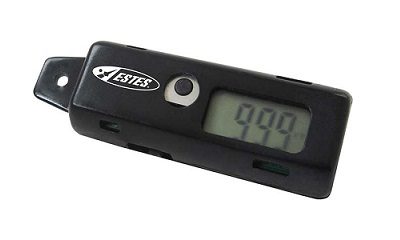
Flight altitude measurement
You can measure the achieved flight altitude of the rocket using a digital altimeter, which is inserted into the rocket. You can use a sextant to measure height from the ground.


